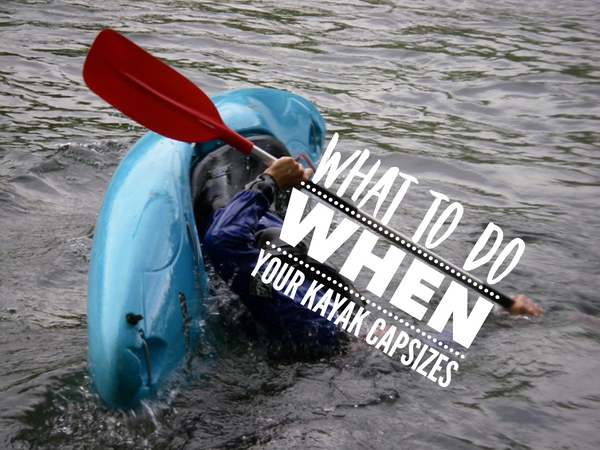Kayak Fishing Anchors

Types of Kayak Anchors
Mushroom Anchor

This anchor is named for its distinctive mushroom shape. Ranging from 10 to 25 lbs, this type of boat anchor is typically more bulky in size compared to other types of anchors.The mushroom anchor is good to use on soft bottoms like mud and clay, and doesn't tangle as easily in weeds because of its rounded base and curved bottom, but it can sometimes lack grabbing ability on harder, rocky bottoms. Although it will do it's job in a light current or less breezy conditions, a different type of anchor might be needed in tougher weather situations.
Grappling Anchor

This type of anchor almost always consists of four hooks, or prongs. Some models fold up for easier storage. In our opinion, these anchors by far provide the best hold and grip on the bottom surface. They'll hold onto rocks, coral, weeds, mud or sandy bottoms. This kind of anchor simply lies on the bottom of the body of water you’re boating in, and when dragged, grabs onto whatever comes its way. When kayaking in rougher situations, adding 4 feet of chain between the anchor and line, can provide better horizontal hold on the surface.
Grappling hook anchors, otherwise known as grapnel anchors, are the most common anchors for kayaking. Many models, such as the BEST Anchor, fold up small and come with small storage bags that tuck away nicely inside your kayak.
River Anchor

The river anchor is like a cross between the mushroom anchor and a grappling anchor. It contains prongs that protrude out, but it also has a curved, rounded bottom. They work best in muddy and sandy bottoms, but the prongs will also help catch in weedy or rocky conditions as well. Unlike the BEST grappling anchor, river anchors do not fold up small, and can take up a little more space in a kayak.
In our opinion, the best choice for anchoring with a kayak is to use a grappling anchor. There are many brands available to purchase, but why settle for others when you can have the BEST!
Leave a comment
Comments will be approved before showing up.
Also in Blog

How to Choose the Right Kayak Anchor
Choosing the right kayak anchor can make all the difference when it comes to staying steady on the water. This guide walks you through everything you need to know about selecting the perfect folding kayak anchor

What To Do When Your Kayak Capsizes
Although kayaks are designed for stability no matter the conditions, accidents happen and knowing what to do can help you avoid an unpleasant experience. Preparedness and technique are key components to controlling a sometimes scary situation.


